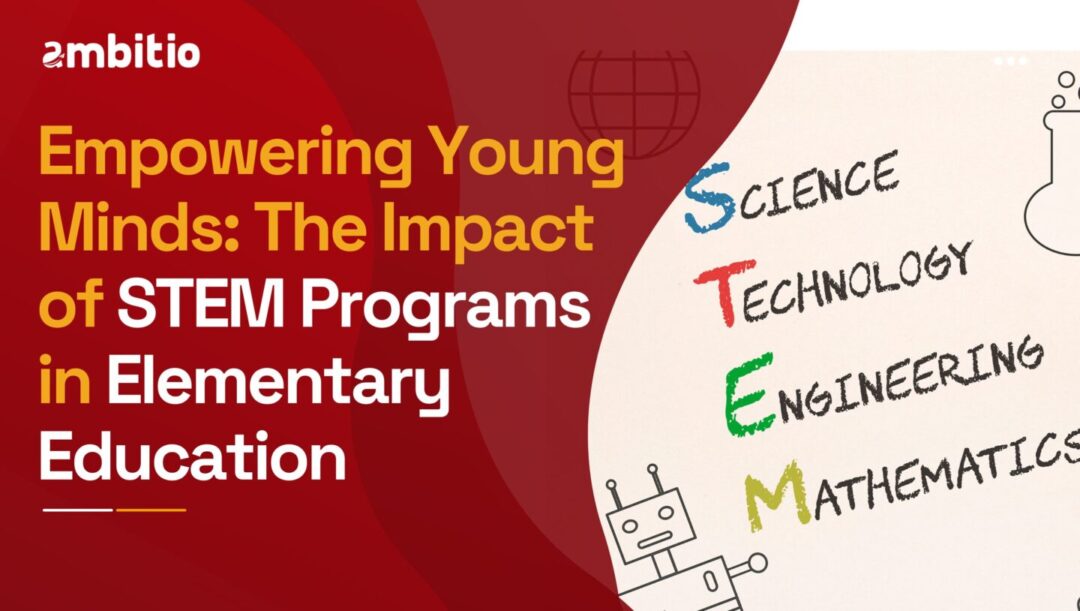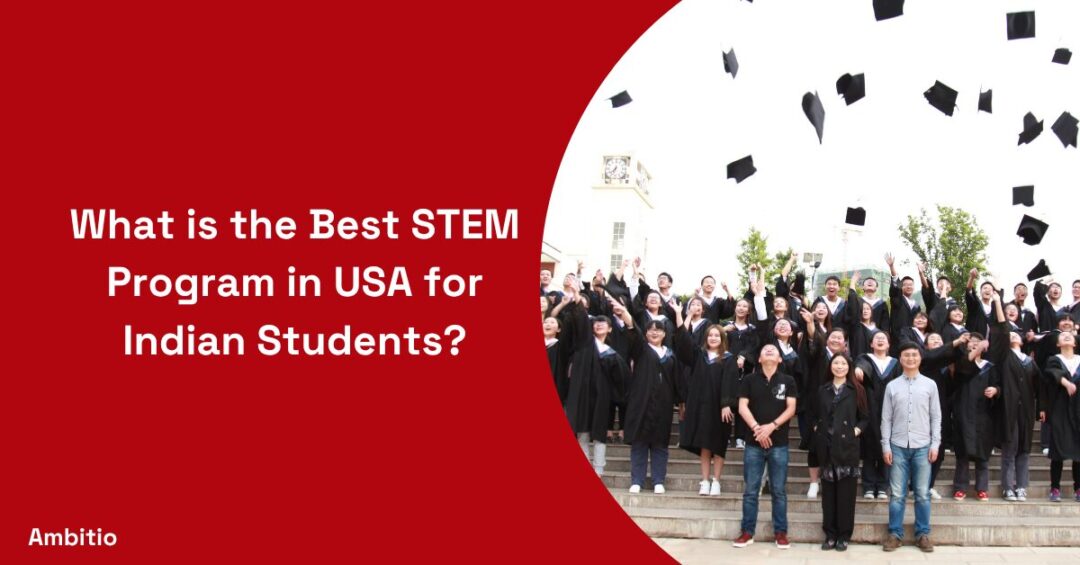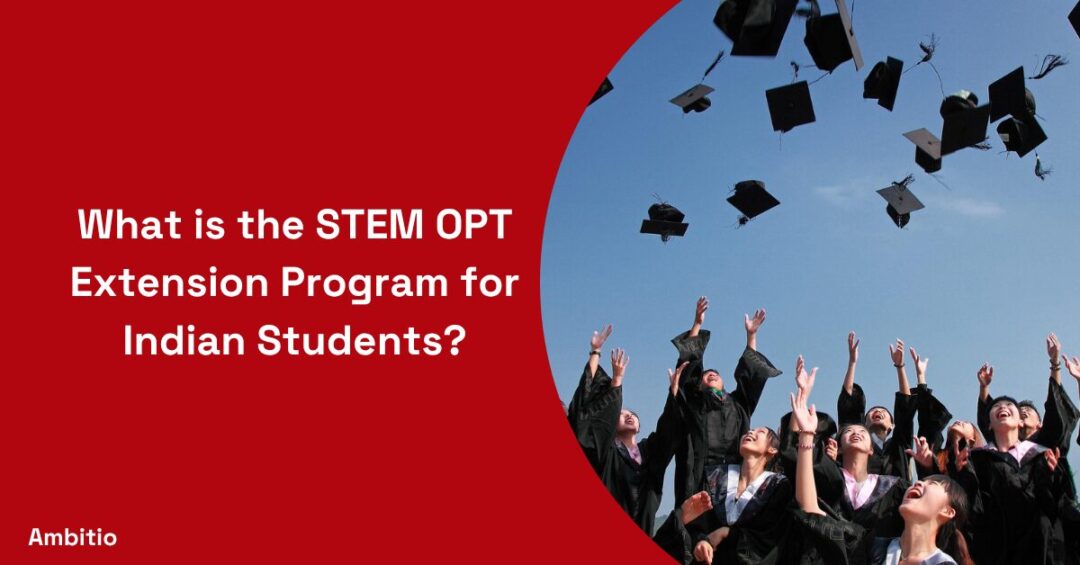11 September 2024
5 minutes read
Empowering Young Minds: The Impact of STEM Programs in Elementary Education

Key Takeaways:
- Holistic Approach: STEM programs in elementary education adopt a holistic approach, integrating science, technology, engineering, and mathematics to foster a comprehensive learning environment.
- Early Engagement: Introducing STEM at an elementary level sparks early interest and engagement in these fields, laying a solid foundation for future learning and career paths.
- Interactive Learning: Through hands-on projects and interactive learning, STEM education encourages critical thinking, problem-solving, and creativity among young students.
- Real-World Connections: STEM education links classroom learning with real-world applications, making subjects like math and science relevant and exciting for students.
- Future Readiness: By aligning with global trends and focusing on innovation, STEM programs prepare students for the evolving demands of the future workforce.
In the ever-evolving landscape of education, the integration of STEM (Science, Technology, Engineering, and Mathematics) into elementary schools marks a significant leap forward. These programs are not just about adding new subjects to the curriculum; they represent a fundamental shift in how we approach teaching and learning in the formative years of a child’s education. This blog delves into the multifaceted world of STEM education in elementary schools, exploring its benefits, challenges, and the profound impact it can have on young learners.
Top Elementary Schools with STEM Programs
| Rank | School Name | Location | STEM Program Highlights | Notable Achievements/Recognitions |
|---|---|---|---|---|
| 1 | Innovation Elementary | Austin, TX | Integrated STEM curriculum with a focus on robotics and coding. | National Blue Ribbon School, 2022 |
| 2 | Discovery Prep Academy | San Jose, CA | Project-based learning emphasizing environmental science. | California Distinguished School, 2021 |
| 3 | TechFuture Elementary | Boston, MA | Emphasis on technology and digital literacy from early grades. | Winner of STEM Excellence Award, 2023 |
| 4 | Science Park Elementary | Chicago, IL | Specialized science labs and partnership with local universities. | Recognized for Innovative STEM Curriculum, 2022 |
| 5 | Engineering Minds Academy | Raleigh, NC | Hands-on engineering and design projects for all students. | State Excellence in STEM Education, 2023 |
| 6 | Math and Science Scholars | New York, NY | Advanced math curriculum and science research programs. | Ranked Top STEM School in NY, 2023 |
| 7 | Creative Innovators School | Seattle, WA | STEAM program integrating arts with STEM disciplines. | Innovative School Award, 2022 |
| 8 | Future Leaders Elementary | Atlanta, GA | Leadership-focused STEM program with community projects. | Excellence in STEM Teaching Award, 2021 |
| 9 | Pioneer STEM Academy | Denver, CO | Diverse STEM curriculum with a focus on outdoor and environmental learning. | Green Ribbon School, 2022 |
| 10 | Horizon Science Academy | Miami, FL | Strong emphasis on scientific exploration and inquiry-based learning. | Top Performing STEM School in FL, 2022 |
Integrate Disciplines:
Seamlessly integrate the various STEM disciplines in projects and lessons to highlight their interconnectedness and relevance to everyday life.
Building the Foundation: The Role of STEM in Early Education
The Critical Need for STEM in Elementary Schools
The introduction of STEM programs in elementary education is a response to the growing demand for skills in science, technology, engineering, and mathematics in the modern workforce. By integrating STEM education early, schools are not only preparing students for future academic pursuits but also instilling in them a curiosity and a problem-solving mindset that are crucial in today’s world.
How STEM Transforms the Elementary Classroom
The traditional classroom, often criticized for its passive learning approach, undergoes a transformation with STEM programs. These programs encourage active learning, where students are not mere recipients of information but active participants in their education. Through project-based learning and hands-on activities, STEM education promotes an environment where curiosity is nurtured, and learning becomes a dynamic and engaging process.
Unleashing Creativity Through Technology and Innovation
Integrating Technology in STEM Learning
In the realm of elementary STEM education, technology is a catalyst for innovation. It’s not just about using computers or gadgets; it’s about leveraging these tools to enhance learning. Students engage with interactive software, use tablets for research, and even learn basic coding, which helps them understand the role of technology in problem-solving and creative thinking.
The Impact of Innovative Teaching Methods in STEM
STEM education also brings innovative teaching methods to the forefront. These include collaborative projects, where students work in teams to solve problems, and inquiry-based learning, which encourages them to ask questions and seek answers through experimentation. This shift from traditional rote learning to a more inquiry-based approach is pivotal in fostering a generation of thinkers and innovators.
Nurturing Scientific Minds: The Essence of Science in STEM
Exploring the Wonders of Science in Elementary Education
Science in STEM programs is more than just a subject; it’s a window to the world. Elementary students are introduced to basic scientific concepts through experiments and observations, making science both accessible and enjoyable. This early exposure helps demystify science, making it less intimidating and more of an exciting adventure.
The Role of Environmental Science in STEM Curricula
A significant aspect of science education in STEM programs is environmental science. Young students learn about ecosystems, sustainability, and the impact of human activities on the environment. This not only educates them about the world they live in but also instills a sense of responsibility towards the planet.
The Art of Engineering: From Theory to Practice
Hands-On Engineering in the Elementary Classroom
Engineering in elementary STEM education bridges the gap between theory and practice. Students engage in building simple structures, understanding mechanics, and even basic robotics. These activities not only make engineering concepts more tangible but also highlight the practical application of what they learn.
Encouraging Problem-Solving Through Engineering Challenges
Engineering challenges in STEM programs are designed to develop problem-solving skills. Students are presented with real-world problems and tasked with devising practical solutions. This not only enhances their engineering knowledge but also develops critical thinking skills, resilience, and the ability to work collaboratively.
Demystifying Math: Making Numbers Fun and Relevant
Math in STEM: Beyond the Textbook
In STEM programs, mathematics is taught as an essential tool for understanding the world. Math is no longer just about numbers and equations; it’s about their application in real-life situations. Through practical activities, students see the relevance of math in daily life, making it more engaging and less daunting.
Integrating Math with Other STEM Disciplines
One of the unique aspects of STEM education is the integration of mathematics with science, technology, and engineering. This interdisciplinary approach helps students see the interconnectedness of these fields and the role of math as a foundational element in each.
Leverage Technology:
Utilize technology not just as a tool for learning but as a subject of study to demystify its workings and encourage digital literacy from an early age.
The Future of STEM Education: Trends and Prospects
Embracing Global Trends in STEM
The future of STEM education lies in its ability to adapt to global trends. This includes incorporating advanced technologies like AI and VR into the curriculum, focusing on sustainable development, and even exploring space science. As the world changes, so does the content and methodology of STEM education.
Preparing Students for the Jobs of Tomorrow
STEM education in elementary schools is not just about academic knowledge; it’s about preparing students for the future job market. Many of the jobs that will be available to today’s students in the future don’t even exist yet. By fostering skills like critical thinking, creativity, and adaptability, STEM education is preparing students for a future that is constantly evolving.
Conclusion
Elementary schools with STEM programs are at the forefront of educational innovation. By integrating science, technology, engineering, and mathematics into the curriculum, these schools are not just educating; they are shaping the innovators, thinkers, and leaders of tomorrow.
The impact of these programs extends beyond the classroom, preparing students for a world where these skills are not just valued but essential. As we look towards the future, the importance of STEM education in the early years will only continue to grow, making it a crucial element in the educational journey of every child.
Your portal to academic excellence. Effortlessly navigate the admissions process with personalized support and expert guidance. Enroll today! Discover Ambitio Elite
FAQs
What age groups are best suited for STEM programs in elementary schools?
STEM programs are ideal for students in grades K-5, offering age-appropriate and engaging content that sparks curiosity and a love for learning.
Can STEM programs help prepare students for high school and beyond?
Absolutely. STEM programs in elementary schools lay a strong foundation in science, technology, engineering, and math, preparing students for more advanced studies in high school and potential STEM careers.
Are there extracurricular activities associated with STEM programs?
Yes, many schools offer extracurricular activities like robotics clubs, coding classes, and science labs, which complement the STEM curriculum and further engage students.
How do STEM programs integrate art and creativity?
Many STEM programs incorporate elements of art, turning STEM into STEAM (Science, Technology, Engineering, Art, and Mathematics). This approach encourages creativity and innovative thinking in students.
Do STEM programs require special equipment or resources?
While some resources and equipment like computers, lab materials, and building kits are beneficial, the essence of STEM education lies in its approach to teaching and learning, which can be implemented in various resource settings.

You can study at top universities worldwide!
Get expert tips and tricks to get into top universities with a free expert session.
Book Your Free 30-Minute Session Now! Book a call now




























